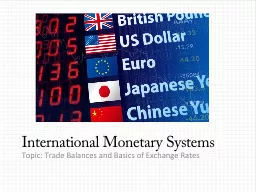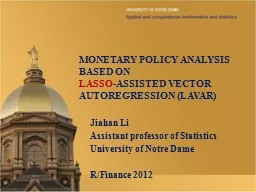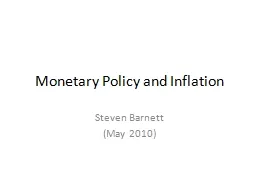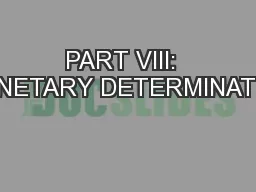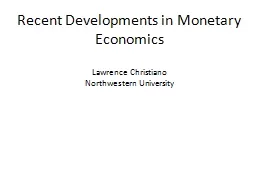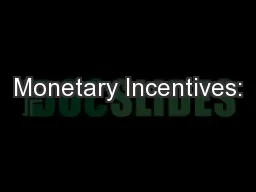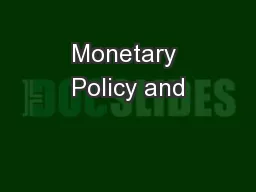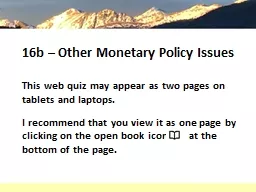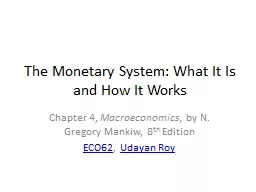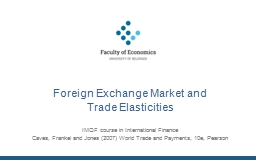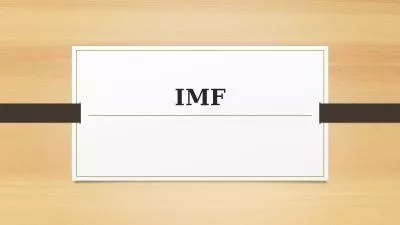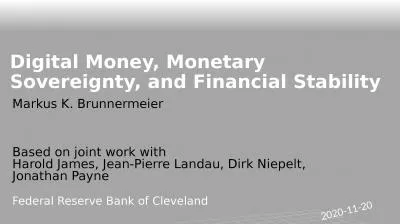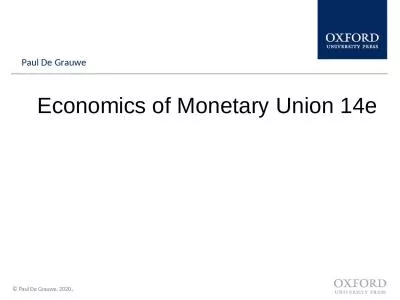PPT-International Monetary Systems
Author : phoebe-click | Published Date : 2018-02-04
Topic Trade Balances and Basics of Exchange Rates Administrative things Course syllabus group presentation info slides used in class will be posted on httpdavemcevoyweeblycom
Presentation Embed Code
Download Presentation
Download Presentation The PPT/PDF document "International Monetary Systems" is the property of its rightful owner. Permission is granted to download and print the materials on this website for personal, non-commercial use only, and to display it on your personal computer provided you do not modify the materials and that you retain all copyright notices contained in the materials. By downloading content from our website, you accept the terms of this agreement.
International Monetary Systems: Transcript
Download Rules Of Document
"International Monetary Systems"The content belongs to its owner. You may download and print it for personal use, without modification, and keep all copyright notices. By downloading, you agree to these terms.
Related Documents

